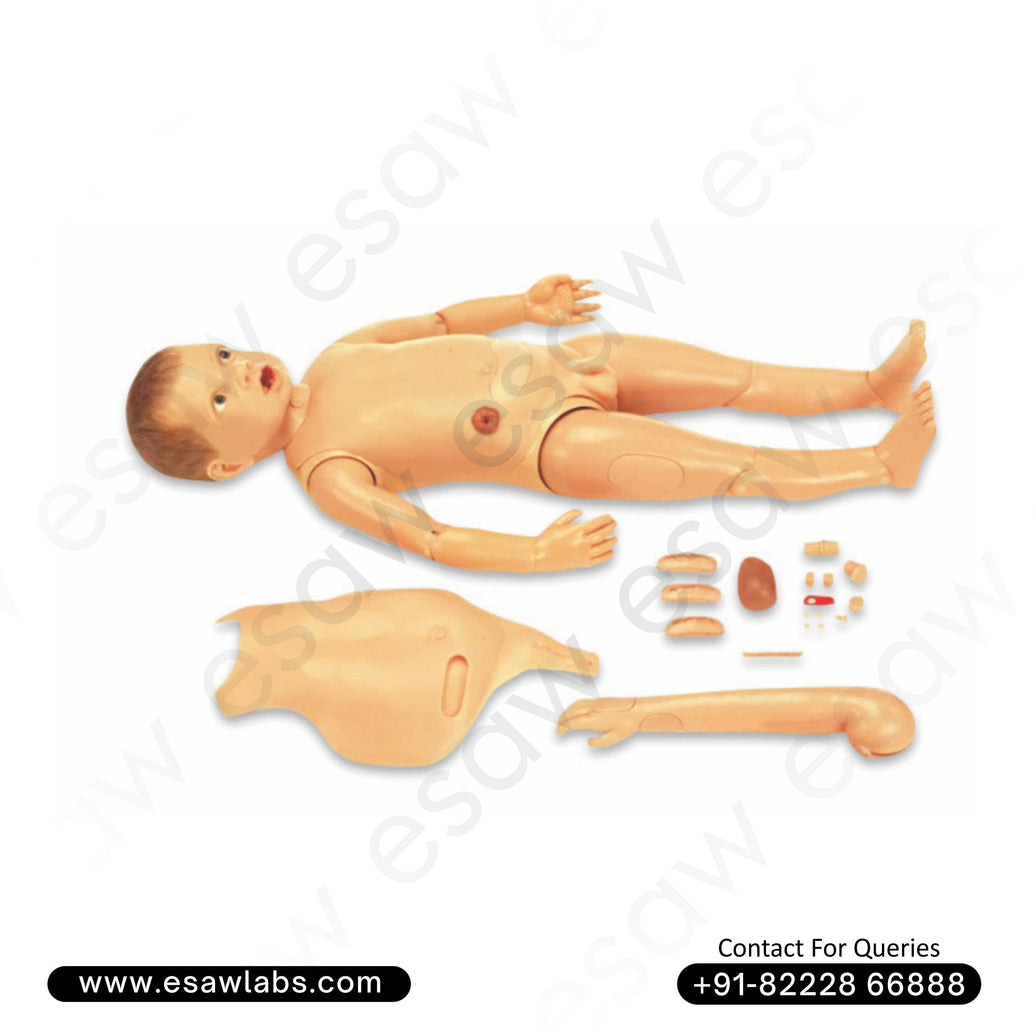New customers save 5% with the code GET05
Laboratory Shakers: Essential Tools for Scientific Precision
Laboratory shakers are indispensable instruments in modern scientific research and industrial applications. These devices facilitate the mixing, blending, and agitation of substances, ensuring uniformity and consistency in various processes. Whether in biological research, chemical analysis, or pharmaceutical development, laboratory shakers play a crucial role in achieving accurate and reproducible results.
Understanding Laboratory Shakers
A laboratory shaker is a mechanical device designed to agitate substances in a controlled manner. It typically consists of a platform that moves in a specific motion—orbital, reciprocating, or vortex—to mix samples contained in flasks, test tubes, or other vessels. The primary function of a laboratory shaker is to provide consistent agitation, which is vital for processes like cell culture, protein extraction, and chemical reactions.
The motion type and speed can often be adjusted to suit the specific requirements of an experiment. For instance, orbital shakers move in a circular motion, ideal for applications requiring gentle mixing. In contrast, vortex shakers create a rapid, localized motion, suitable for quick mixing of small volumes.
Types of Laboratory Shakers
Laboratory shakers come in various types, each tailored for specific applications:
1. Orbital Shakers
Orbital shakers provide a circular motion, ensuring uniform mixing of samples. They are commonly used in applications like cell culture, protein expression, and bacterial growth studies. These shakers can accommodate different vessel sizes and offer adjustable speed controls to suit various experimental needs.
2. Reciprocating Shakers
Reciprocating shakers move in a back-and-forth motion, making them suitable for applications that require thorough mixing of samples. They are often used in processes like PCR amplification and DNA sequencing, where uniform agitation is crucial for consistent results.
3. Vortex Shakers
Vortex shakers create a rapid, localized motion that mixes small volumes of liquids quickly. They are ideal for applications like sample resuspension, cell lysis, and reagent mixing. Vortex shakers are compact and easy to use, making them a staple in many laboratories.
4. Rocking Shakers
Rocking shakers move samples in a gentle, see-saw motion, making them suitable for applications that require low-intensity mixing. They are commonly used in gel staining, blotting techniques, and hybridization processes, where gentle agitation is necessary to prevent sample damage.
5. Incubated and Refrigerated Shakers
These shakers combine agitation with temperature control, allowing for precise environmental conditions. Incubated shakers maintain temperatures above ambient, ideal for cell culture and fermentation processes. Refrigerated shakers, on the other hand, maintain temperatures below ambient, suitable for applications requiring low temperatures to preserve sample integrity.
Applications of Laboratory Shakers
Laboratory shakers are versatile tools with a wide range of applications across various scientific disciplines:
1. Cell Culture
In biological research, maintaining cell cultures in a homogeneous environment is crucial. Laboratory shakers provide the necessary agitation to keep cells suspended, ensuring even distribution of nutrients and gases. This promotes healthy cell growth and reproducible experimental outcomes.
2. Protein and Nucleic Acid Extraction
Shakers facilitate the mixing of reagents and samples during protein and nucleic acid extraction processes. The consistent agitation ensures thorough mixing, leading to efficient extraction and higher yields of proteins and nucleic acids.
3. Chemical Reactions
In chemical synthesis and analysis, laboratory shakers promote uniform mixing of reactants, enhancing the efficiency and rate of reactions. This is particularly important in processes like drug formulation and quality control testing.
4. Diagnostic Testing
In clinical laboratories, shakers are used to mix samples and reagents during diagnostic tests. For example, in enzyme-linked immunosorbent assays (ELISA), shakers ensure uniform mixing, leading to accurate and reliable results.
5. Environmental and Food Testing
Shakers are employed in environmental and food testing to homogenize samples before analysis. This ensures that the sample represents the entire batch, leading to accurate assessments of contaminants and quality parameters.
Choosing the Right Laboratory Shaker
Selecting the appropriate laboratory shaker depends on several factors:
-
Sample Volume and Type: Consider the volume and type of samples to be mixed. Larger volumes may require high-capacity shakers, while small volumes may be suited for vortex or microplate shakers.
-
Motion Type: Choose a shaker with the appropriate motion type for your application. Orbital shakers are versatile, while reciprocating or vortex shakers may be needed for specific tasks.
-
Speed and Temperature Control: Depending on the experiment, adjustable speed and temperature control features may be necessary to maintain optimal conditions.
-
Size and Footprint: Ensure that the shaker fits within your laboratory space and can accommodate the required number of samples.
Maintenance and Care
Proper maintenance of laboratory shakers ensures longevity and reliable performance:
-
Regular Cleaning: Clean the shaker platform and components regularly to prevent contamination and buildup of residues.
-
Calibration: Periodically calibrate the shaker to ensure accurate speed and motion settings.
-
Inspection: Regularly inspect the shaker for signs of wear or malfunction, addressing any issues promptly to prevent downtime.
Conclusion
Laboratory shakers are vital instruments that support a wide array of scientific research and industrial applications. By providing controlled agitation, they ensure uniform mixing and consistency, leading to accurate and reproducible results. When selecting a laboratory shaker, consider the specific requirements of your applications to choose the most suitable type and features. Proper maintenance and care will ensure that these essential tools continue to perform reliably, supporting the advancement of scientific knowledge and innovation.
In summary, laboratory shakers are more than just mixing devices; they are integral to the success of numerous scientific endeavors. Their versatility, precision, and reliability make them indispensable in laboratories worldwide.












Leave a comment